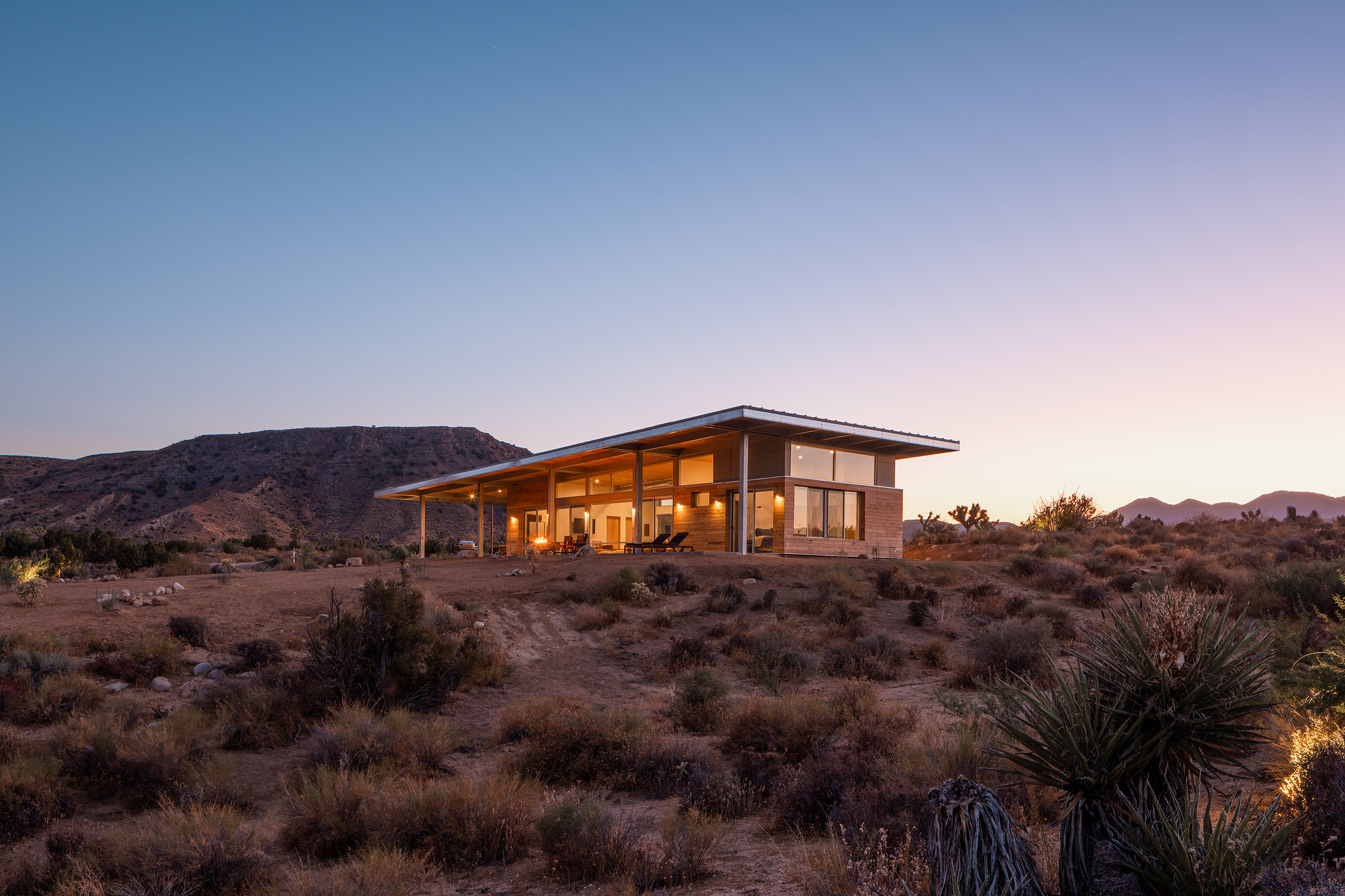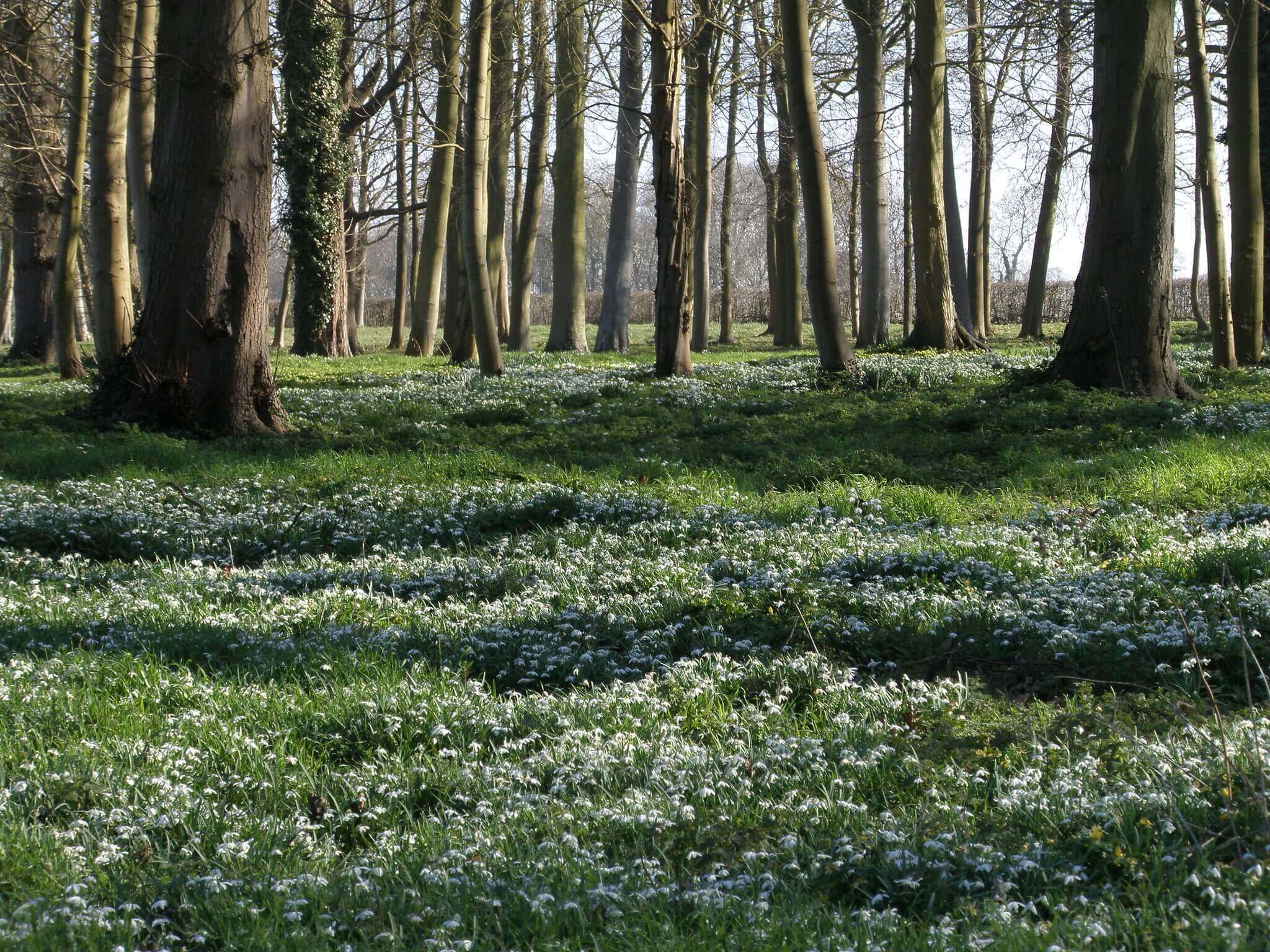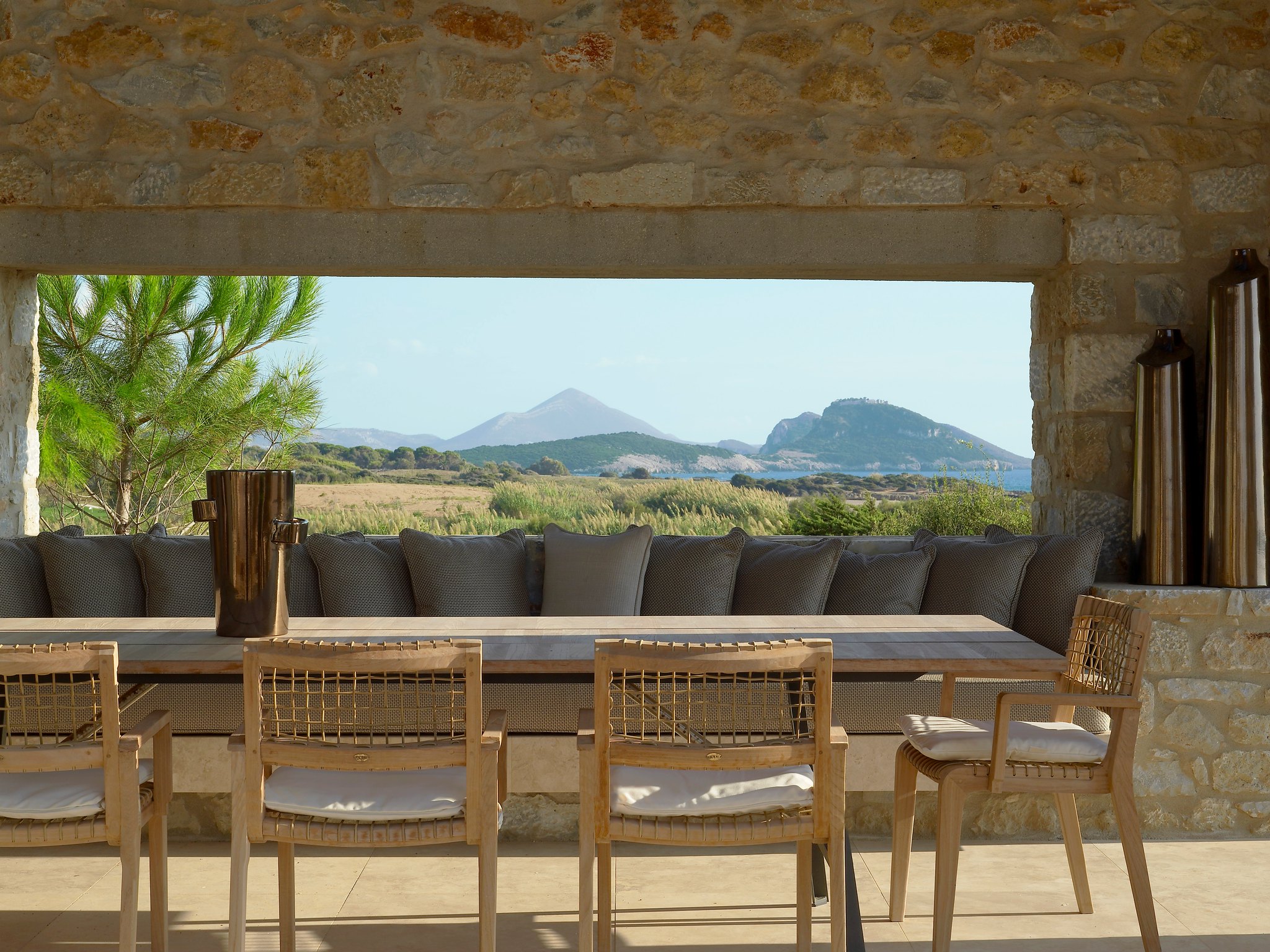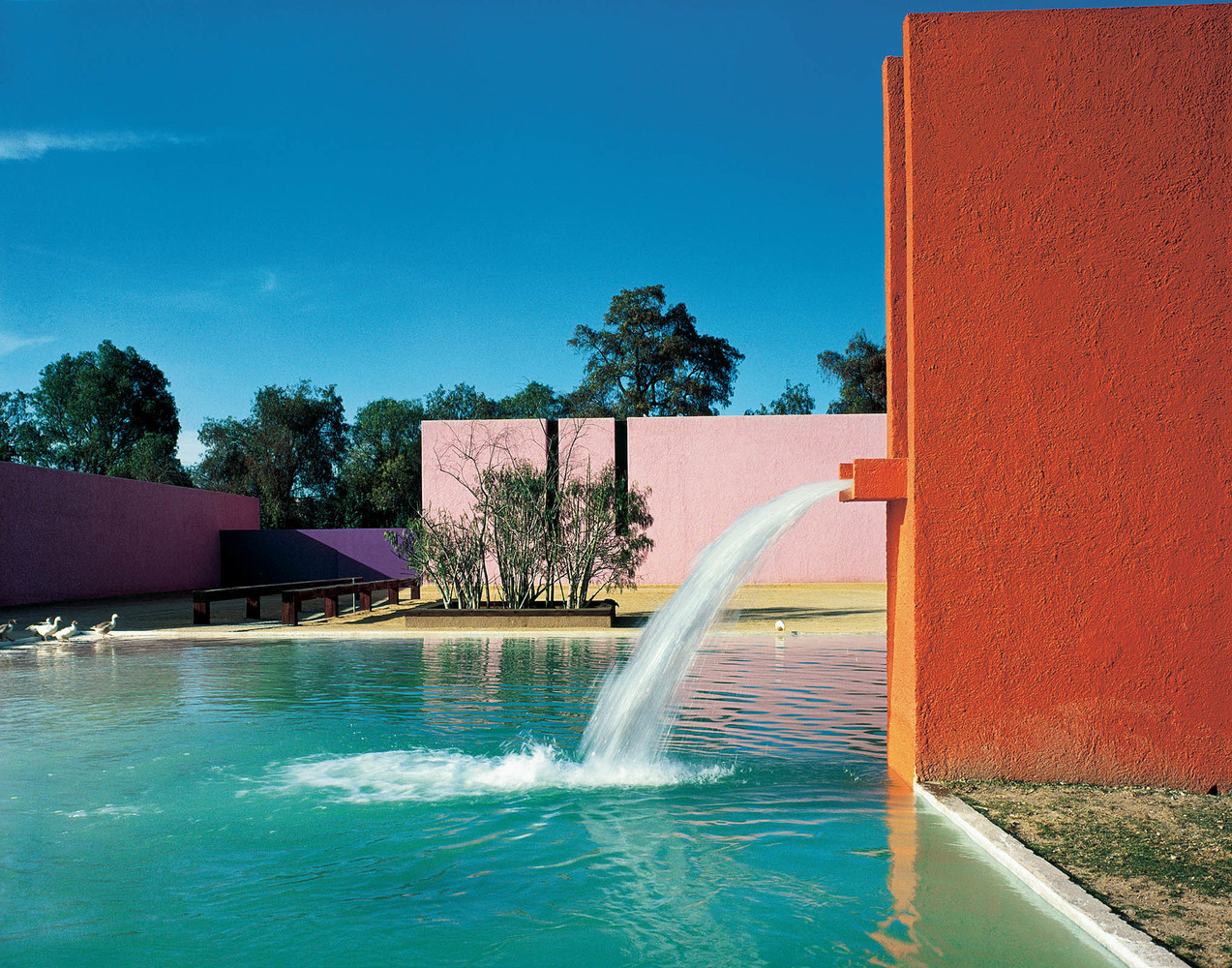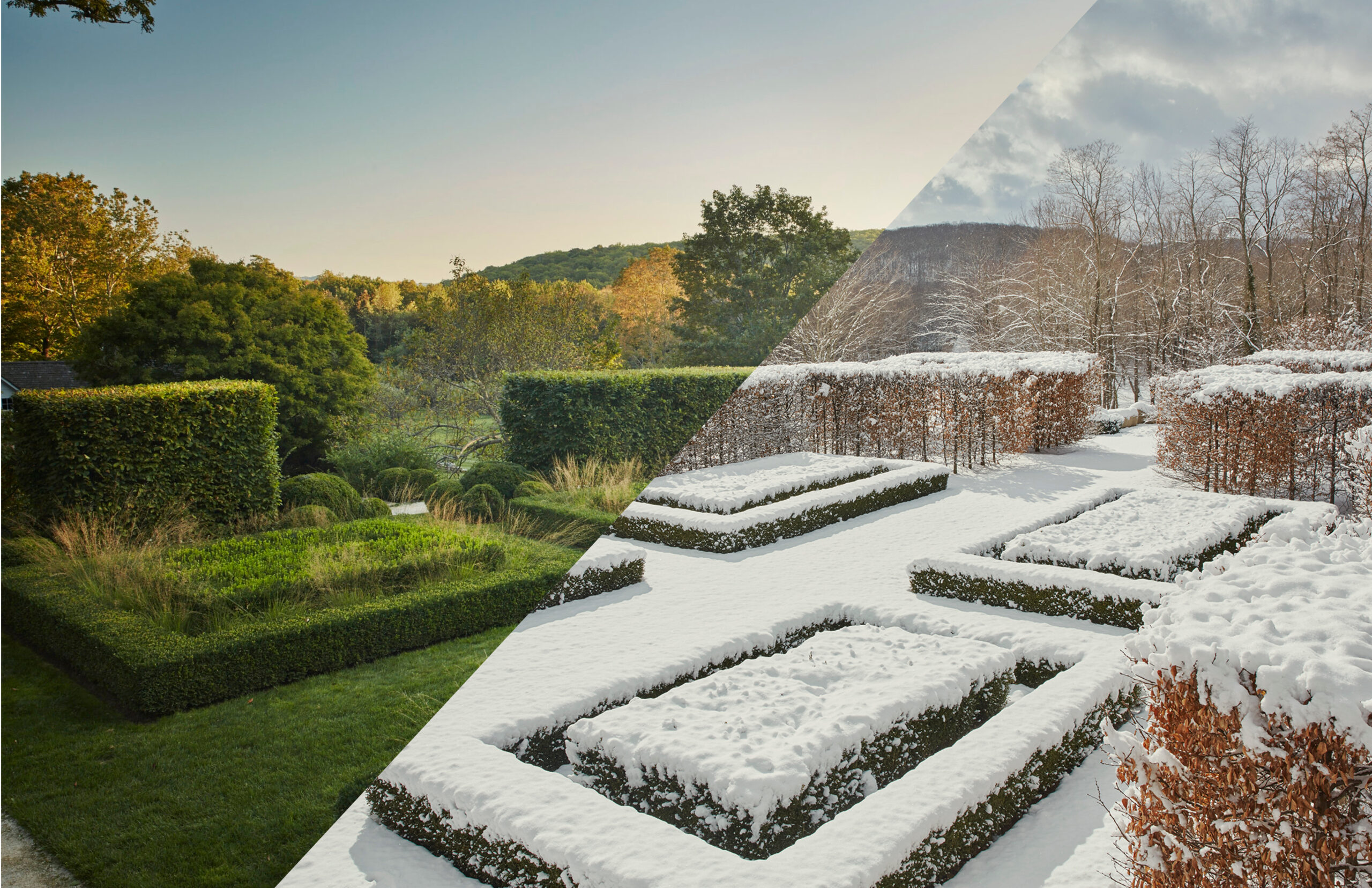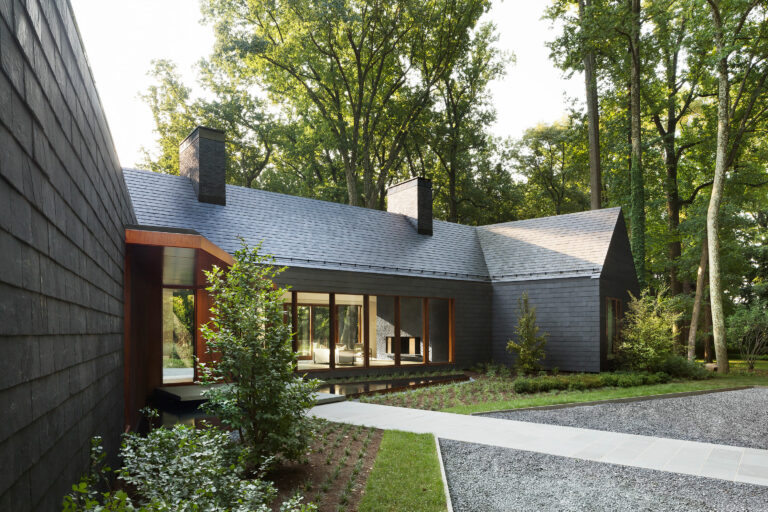Classical landscape architecture is one of the most influential styles of architecture throughout history.
This type of architecture is characterized by the use of mathematically perfect proportions, symmetry, and harmony of form which are built with strong materials that can endure the test of time.
This is largely because ancient Greeks had a belief in the power of mathematics and logic in creating architecture.
In the fifth century, the Greeks overthrew the Persian Empire and established a prosperous period in Greece. However, the Greek city-states were weakened by Alexander’s Empire, and in 200 BC, the Roman city armies moved into the Greek regions. This led to the Roman expansion of Italy, which became the center of civilization and luxury. As a result, Roman architects drew inspiration from Greek architecture.
During this period, many of the great sculptors and architects of the time became known for their work.
As a result of this, there are many examples of classical architecture now found in parts of the Mediterranean, as well as in many other regions of the world.
In order to understand how history has played a major role in the development of classical architecture, it is essential to understand the origins, key elements of design, and who designed some of the most famous examples.
Origin of Classical Landscapes
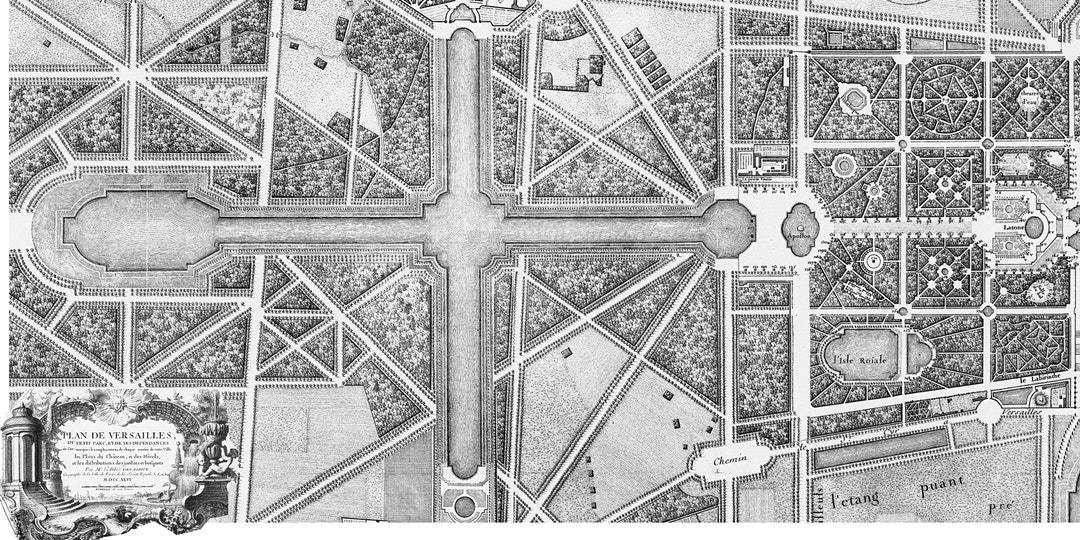
The history of classical landscape architecture has a long and varied lineage. It started in antiquity with the use of arranged plants and natural elements such as water to decorate and enhance living spaces. It reached its zenith in the 17th century with the mastery of painters such as Nicolas Poussin and Claude Lorrain.
During this time, artists shifted their focus from depicting human dramas to portraying nature’s beauty. This new era in painting, known as the Rococo period, was dominated by French painters who developed lyrical and romantic outdoor scenes that glorified nature.
While these painters used precise detail and delicate color to convey nature’s beauty, they also incorporated symbols of power, such as the sun and moon, that would appeal to their audiences. These symbols were designed to express emotion and evoke a sense of wonder.
Many of these paintings were created in oil paint on canvas. Those who painted these pieces frequently used the Impressionist style of art, which allowed them to create realistic scenes and depict light and shadow as well as color saturation.
Another common characteristic of classical landscapes is symmetry and balance. This is achieved with symmetrical lines, such as paths leading to focal points and rows of trees or flower beds that align along property lines. Symmetry is also achieved with mirroring architectural columns on the home or in potted plant stands that line a patio space.
Classical landscapes also feature repeating features and plantings, creating a cohesive look throughout the garden. This includes mirrored architectural columns on the home with columns in the gazebo at the back of the garden or in a pair of flower beds that adorn either side of a patio.
The key to a successful classical landscape is to establish year-round color. Shades of green are ideal, with texture to add interest, such as with hedges or patterned hardscape.
Using a mix of evergreen and perennials will help to ensure that your landscape looks lush all year. Moreover, if your climate allows, you can use shrubs or trees to create privacy and to accent your garden.
Books on Principles of Design
Examples of Classical Landscape Architecture
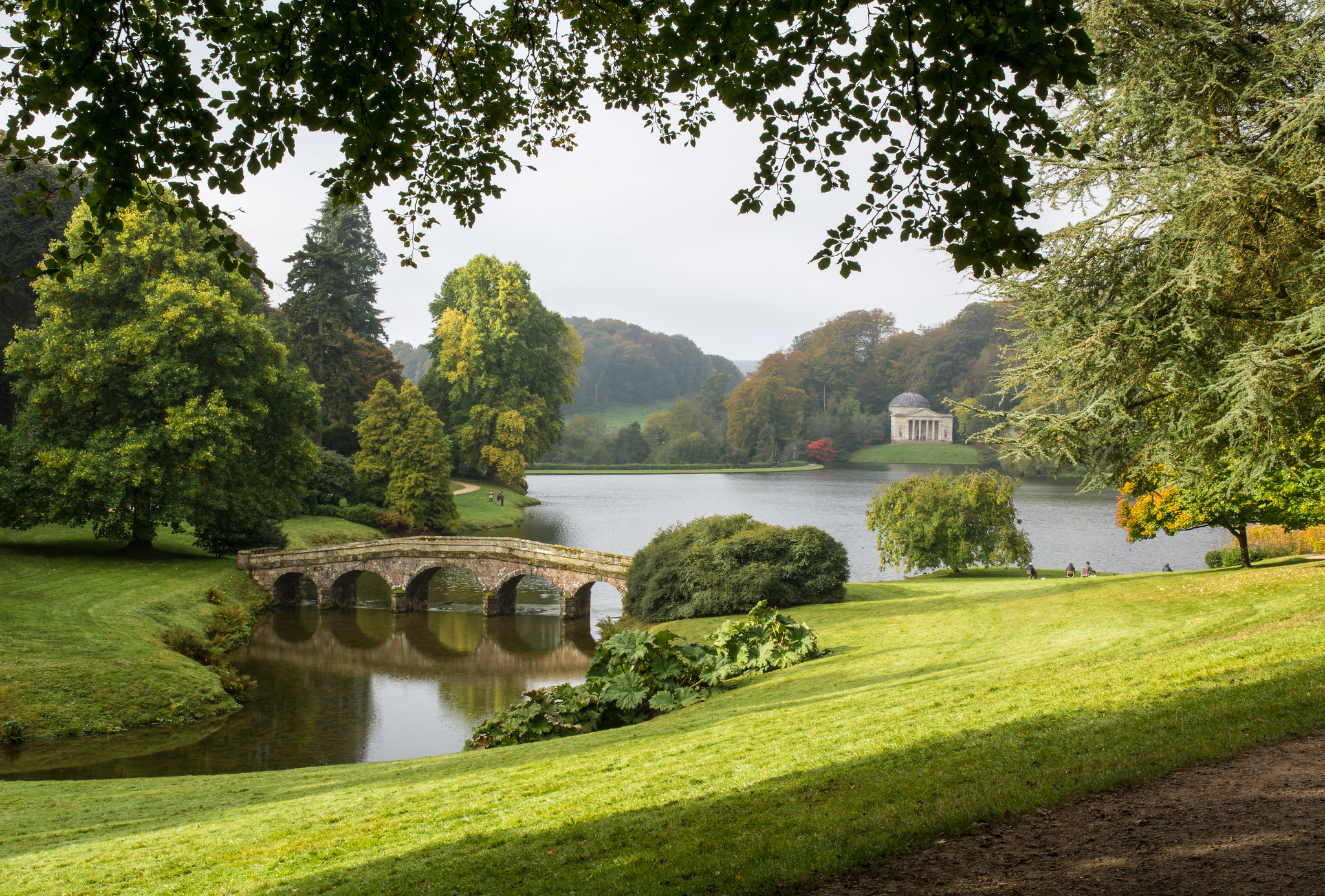
Amongst the great architectural wonders of the world, we can find examples of classical architecture. These include the Parthenon, the Colosseum and Neoclassical architecture. All of these structures were designed to show off the power of the Greek gods, and the beauty of the landscape.
In the 17th century, French artists Nicolas Poussin and Claude Lorrain perfected the classical landscape style. They were inspired by classical antiquity and sought to illustrate an ideal landscape that recalls Arcadia, a legendary place in ancient Greece known for its quiet pastoral beauty.
The resulting gardens were full of allegory, with mock ruins and classical Greek or Roman temples and monuments placed to create a dreamlike atmosphere. This was a radical movement that introduced an entirely new style of naturalistic garden, in opposition to the clipped geometric designs of earlier centuries.
One of the finest examples of this new style is Stourhead, an 18th-century landscape garden in Wiltshire. The garden is dominated by a lake, surrounded by a series of classical-style features and Italianate buildings.
A short walk around the lake will reveal a number of classical temples and beautiful reflections in the water. These views change throughout the seasons, making every visit a unique experience.
For a truly unforgettable experience, try to arrive early in the morning or late at night – the garden is extremely popular all year round but the autumn leaves are especially stunning and attract tens of thousands of visitors. You can also enjoy a stroll through the mature woodland walks, which have been carefully planted with exotic species.
During the early 19th century, Richard Colt Hoare, the estate’s grandson, introduced many new plant species to the garden. These include tulip trees, Indian bean trees and swamp cypresses.
As well as the famous rhododendrons, Richard also planted copper beaches, which look stunning in spring. The garden is now part of the National Trust and has been a popular tourist attraction since 1946.
Another classic feature of the gardens is the Grotto, a circular domed chamber that was built to resemble a cave. It was popular during the Renaissance period as a way to escape the summer heat and has a great view of the lake.
Online Courses Provided by The Landscape Library
Design Principles of Classical Architecture
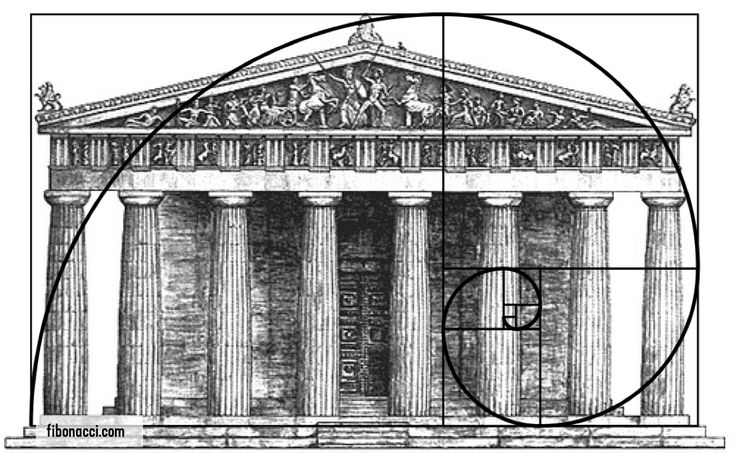
Classical architecture has been a popular choice among architects for centuries, and continues to influence modern buildings.
During the classical period, the Greeks emphasized precision; precision of workmanship, and excellence. Their building designs were simple, but elaborate.
The ancient Greeks believed that architecture should follow proportions and logic while also looking to nature for inspiration.
One example of logic is the Golden Ratio. This is the ratio that best exemplifies the golden rectangle – the ratio of the height of a vertical column to its diameter. In a building, this ratio can be realized by constructing symmetrical arrangements and creating geometric shapes.
The use of symmetry is another one of the most popular architectural design principles. Symmetry is a simple concept that allows the eye to perceive a building’s geometrical shape as a natural pattern. Vertical or horizontal symmetry is commonly used in architecture, and spherical symmetry is rare.
One of the most basic organizing principles in architecture is the axis. An axis is an imaginary line that is used to arrange objects in a specific arrangement.
Axis is usually represented by a dashed line in drawings. However, a circular or amorphous shape can also be an axis.
To learn core principles of AutoCAD for Landscape Design, click here.
Sustainable Landscape Architecture & Design Books
Axial Planning in Architecture
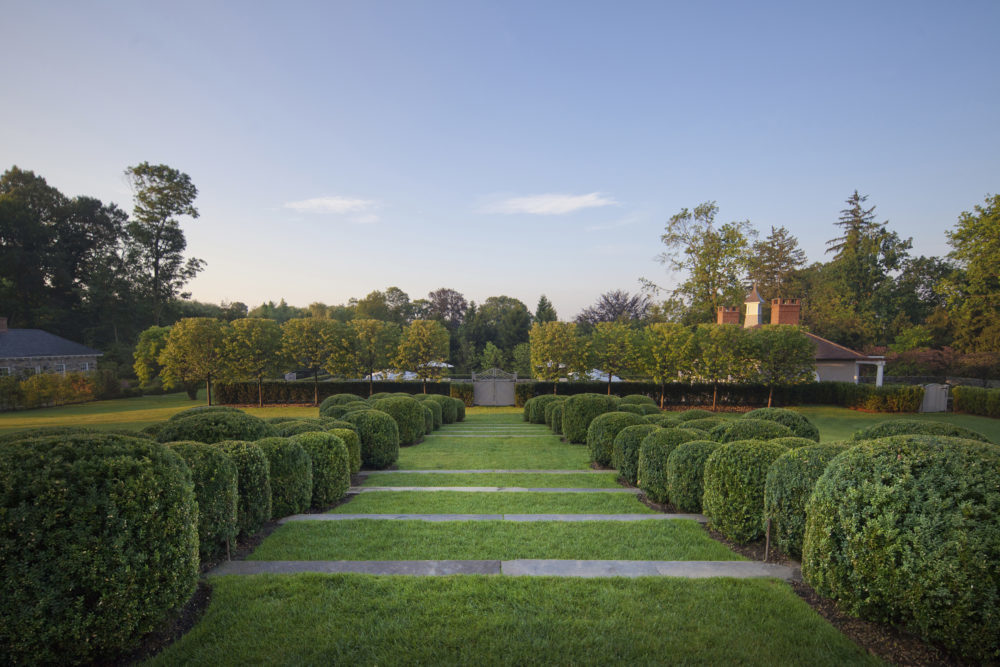
Axial planning in architecture is a concept that dates back to Roman times.
There is no question that axial planning is a very important aspect of ancient and modern day urban design. It was one of the earliest forms of organization of space and remains a defining feature of today’s design vocabulary. Typical axes are boulevards or avenues. However, there are several variations of the axis, including cross-axial designs. Generally, the line of trees or pathway is the axis of choice.
Axial planning in classical architecture is the practice of designing buildings that mirror their neighboring ones. This reflects the human tendency to perceive symmetry and order as pleasing to the eye. During the renaissance era, the town square was used as a communal gathering place. It also recalled the classical forum.
Whether you’re a landscape designer or just want to have a beautiful outdoor space, there are some elements you need to know to create a classic design. Creating a classical garden requires a strong focus on scale, placement, and balance.
A classical garden is typically made up of clean lines and strong angles. The rectilinear shapes of driveways, pathways, and walkways are formal, while the curvy lines of water features and planting beds are informal.
The focal point of the garden is often the central fountain. The size of the fountain should be appropriate for the surroundings. A rectangular fountain is a common choice, but it can also be circular or asymmetrical.
To learn how to create architectural gardens with realistic landscape rendering, click here.


